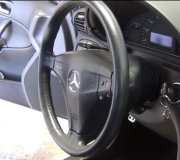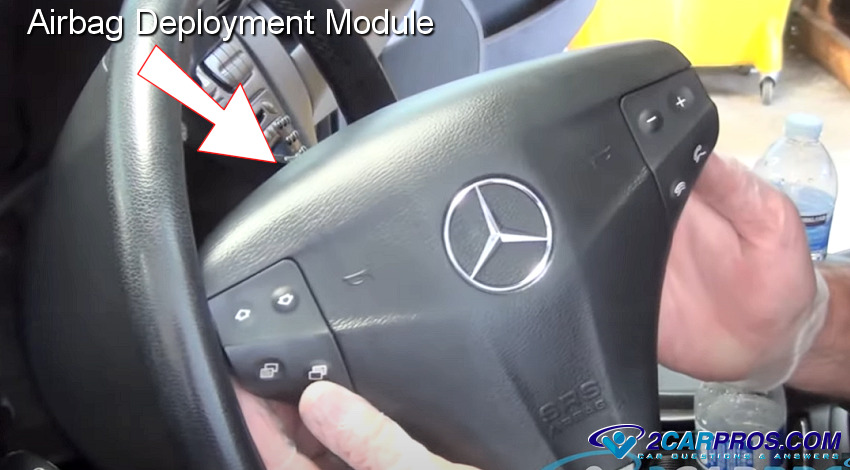Sounds like you have multiple problems that all could be caused by the rotors. Thickness variation is what you commonly feel as a pulsing brake pedal, but "lateral runout" is more subtle. The rotor moves left and right as it rotates and that tugs the caliper back and forth. You don't feel that in the brake pedal and you rarely feel it at lower speeds. At really high speeds the caliper is unable to move back and forth that quickly so the piston retracts a little and the vibration is no longer felt. The clue is that vibration will not come back when you slow down to the speed where you normally feel it unless you pressed the brake pedal and worked the piston back out. The additional clue, which might be hard to notice, is the next time you press the brake pedal it will go a little closer to the floor than normal. That's because you have to move more brake fluid to move the piston back out. On the second application the pedal will feel normal again.
Thickness variation is found by measuring the rotor's thickness in multiple places with a micrometer and comparing them. Lateral runout is found with a dial indicator while spinning the rotor on the vehicle.
There are other potential causes of vibrations to investigate once the rotors have been ruled out. If lateral runout IS found to be excessive, the next step is to measure it on the center plate of the rotor. If it's excessive there too, the rotor is mounted crooked. That is commonly caused by rust and scale falling between the rotor and hub while the wheel is removed for other service. Also check the lateral runout on the wheels. If you find it there but not on the rotor, check for debris between the rotor and wheel, especially if you have cast wheels. They corrode and pieces break off. Problems occur when they are rotated or removed and reinstalled in a different orientation.
You could also have a broken tire belt or a weak strut. Things like that will have a "resonant frequency" similar to the pendulum on a grandfather's clock. You may hit that frequency at around 60 mph and any bouncing will be amplified. You'll usually also see the result of a broken belt at real low speeds, such as in a parking lot, as a slight oscillation in the steering wheel. At higher speeds you're not hitting the resonant frequency so the bouncing is not amplified and may feel like it goes away.
Tuesday, June 18th, 2013 AT 10:33 PM


